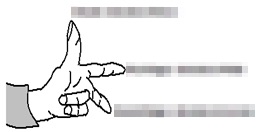Mock test. 1 hour and 10 minutes. 60 marks available.
Each time the test is taken it will present different questions.
Mock test. 1 hour and 10 minutes. 60 marks available.
Each time the test is taken it will present different questions.
Well Done you passed the test! You’re on your way to getting the grades you want!
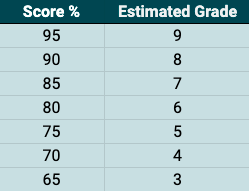
Why not try another Science Mock Exam and see how well you do?
Nice try, check your answers to see where you went wrong.

Why not get a bit more practice with some physics quizzes and then come back and have another try!

Stays the same because there has been no change in the number of particles. We say that the mass has been conserved.
Because current is conserved.


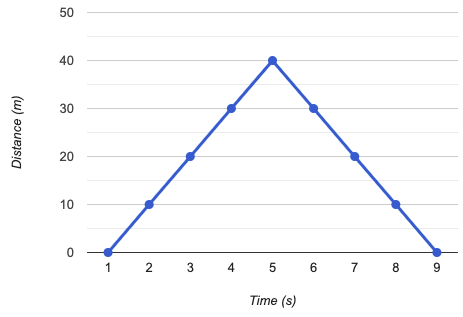

Rearrange the equation to the following and then substitute in the correct values:
a = v² – u²
2 x
Where:
a = acceleration
v² = final velocity squared
u² = initial velocity squared
x = distance
Select all that apply:

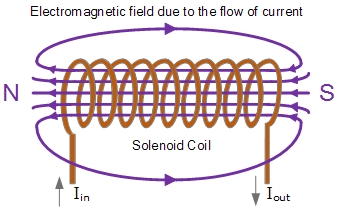
Select all that apply:

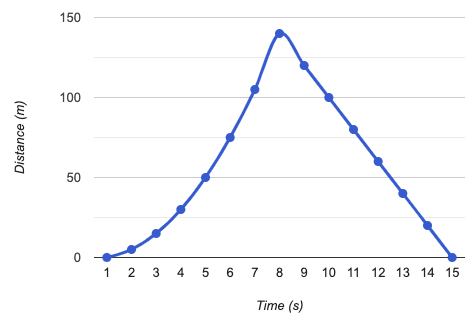
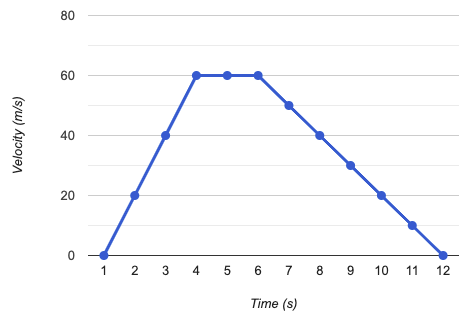
The area under the graph = distance travelled
Split the graph into triangles and rectangles and calculate the areas. Then add together the areas.
Area of a rectangle = Length x Height
Area of a triangle = 1/2 x Length x Height
90m 120m 180m = 390m
NOTE: the graph starts at one second and not 0. Don’t be fooled, look at the axes carefully before attempting a question.
